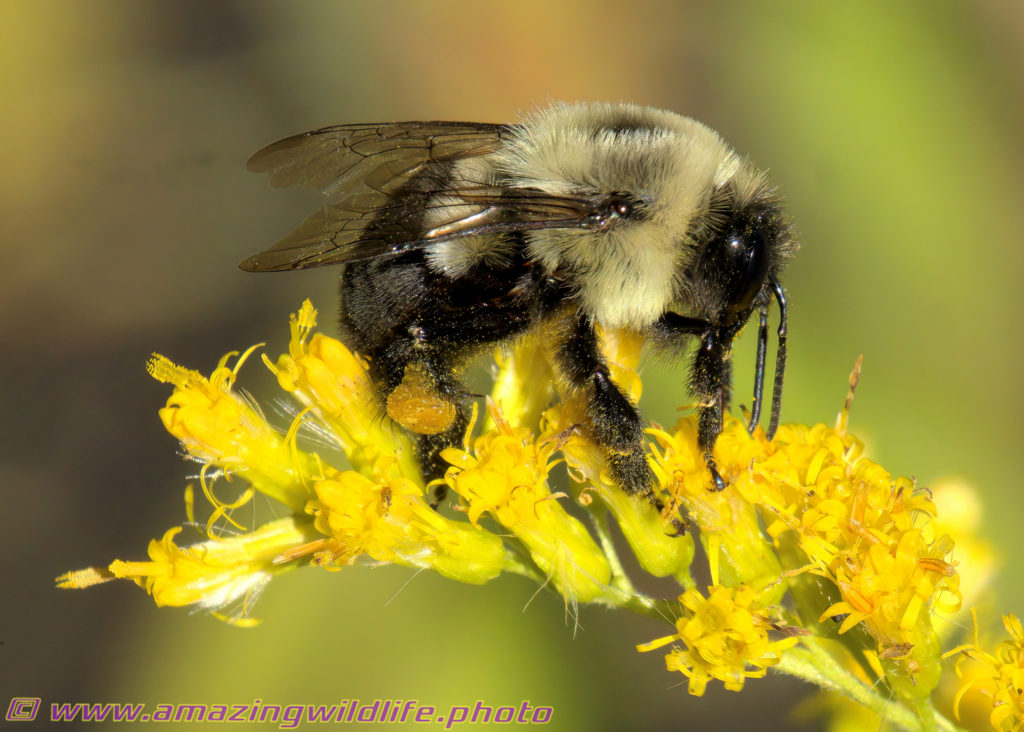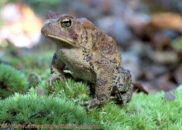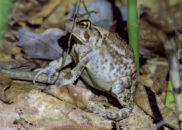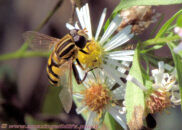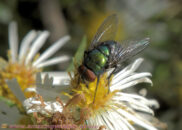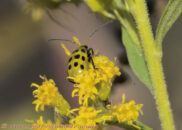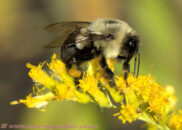First of all, Happy New Year everybody!
I know I haven’t been posting much last year, well, too many things happening in my life made it very hard for me to keep updating my site. Let’s try to rekindle things this year with pics which I took in October last year when I went to Maryland to visit my daughters. We went on a couple of hikes on local trails and we encountered a few little denizens of the wilderness. Not as many as I wished for, but, it still allowed me to take a few pretty pictures. I will have to make this in 2 batches because, well, I write too much, and 2, I have come to the conclusion that when it comes to showing photography, less is more. Enjoy!!
First we have an American toad. It was formerly named “Eastern American Toad, and for good reason, since they are found in most of the east in USA.
In case you are wondering, frogs and toads are very different. You can read all about theses differences in this well written site: 10 differences between frogs and toads. One which I found interesting, as I hadn’t thought of it, is that the toad’s skin is dry while the the frog’s is moist, even slimy.
Toads are carnivorous. They eat insects, worms, spiders, and slugs. Unlike frogs, toads don’t spend much time in water. However, they need water to breed. So you will generally find them near streams and ponds.
Next picture shows another specimen of the same species, but this time we met him/her at night, and due to my insistence of getting pictures, he felt threatened and started to inflate himself. This is a common defensive behavior in attempts to prevent birds from swallowing them whole.
The yellow insect of the next picture is a syrphid fly, also known as a hover fly. It looks like a wasp but it’s very different. For one, flies don’t sting. Here is some interesting explanation of why these flies mimic wasps, in this web page. These particular flies feed on nectar and pollen. Their larva though turns out to be quite useful for helping pest control in our culture since they feed on aphids.
Unfortunately, as we all know, not all flies are so nice. This sure is the case with this common green bottle fly since, as this Florida pest management website puts it, “ They are classified as filth feeders, which means that they grow in and feed on dead animals, waste matter, garbage, decomposing plant matter, vegetables, and meat.”
Next, by sheer luck, as I was trying to get pics of a bumble bee (coming next), I saw this spotted cucumber beetle. Although it is not a great picture I had never seen such a beetle and I thought it was very pretty. Once again, this is also considered a pest because it likes to eat many of our crops. Well, can’t blame them, after all, if the plants we grow are so tasty, why would other species not like them as well?
Then we have a common eastern bumble bee. Although they are different in appearance from the common honey bees, they have a lot of similarities. Both bees live in colonies with a queen, drones, and worker bees. Both also collect pollen and, as such, are great pollinators. But the bumble bees have their nest underground, while honey bees build hives, often in an hollow tree trunk or between some rocks as in the 4 pics which I included in a 2020 post.
